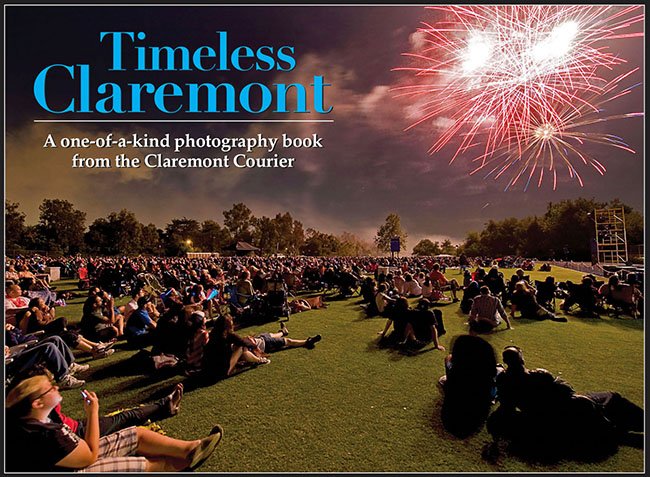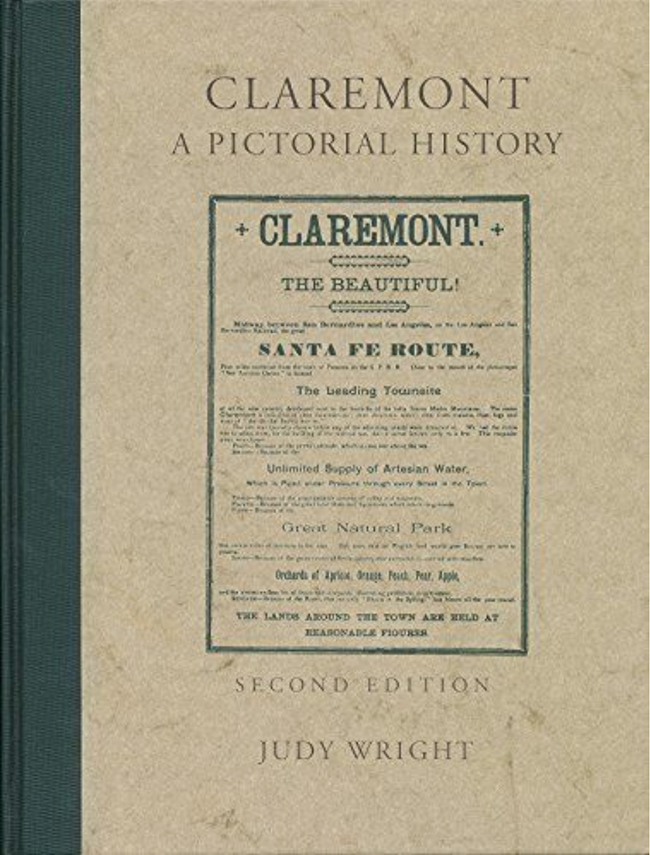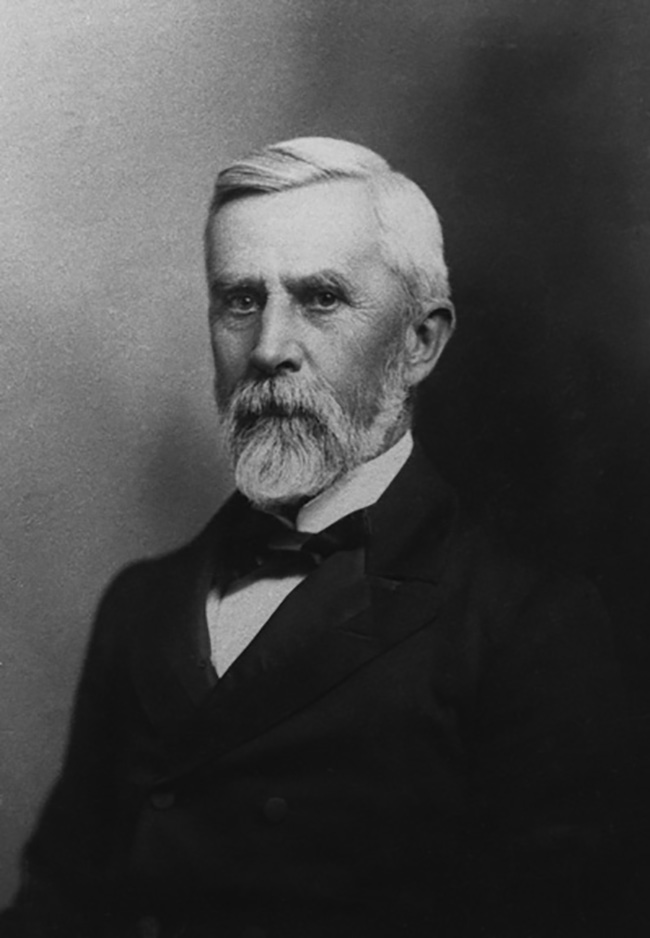‘Timeless Claremont’ does not disappoint

The Courier’s new coffee table book of photography, “Timeless Claremont,” is destined to become a staple of Claremont households. Courier photo
by John Neiuber | Special to the Courier
“Timeless Claremont” is the title of the newly released Claremont Courier coffee table book. Culled from its extensive archives, the 170-page book chronicles the history of Claremont through the Courier’s award winning photojournalism over the past 50-plus years.
What a fitting title. I’m writing this column on behalf of Claremont Heritage, which, like “Timeless Claremont,” is all about making our history timeless through sharing stories about the people, places, and events that have shaped our collective consciousness. It is about attempting to understand the past, so that it informs the future. It is about acknowledging the path we have taken as a community and celebrating our heritage.
“Timeless Claremont” captures all of the above. Henrik Ibsen said that “A picture is worth a thousand words.” This book captures the essence of our city in photos equivalent to 170,000 words! The book is divided into four parts. The part, “A Sense of Place,” highlights the city inside and out. “The Decisive Moment” is all about capturing the moment, while the third, “Newsmakers,” is about people. The fourth section, “Exposure” celebrates the Courier’s long line of award-winning photographers.
Every photo in this book tells a story. To edit these photos down from the thousands in the newspaper’s archives must have been a monumental task. There is a decidedly artistic quality to each. The photos evoke emotion and capture the moment in a unique way. The composition, focus, lighting, and technique are impeccable.
Most every town has a local history book or a book about a famous person, feature, or attraction. For a city of its size, an abundant number of books have been written about Claremont. It just like the number of structures here on the National Register of Historic Places: I am convinced that though we may not have the most, we have more books and National Register listings per capita than most other small towns.
“Timeless Claremont” will prove to be a must have addition to the other Claremont tomes. One of the hallmarks of longtime residents is to own works by legacy Claremont artists such as Milford Zornes, Millard Sheets, or Karl Benjamin. The same is true for books. Many Claremont homes proudly display the books of Judy Wright. Two of Wright’s, “Claremont: A Pictorial History,” and “Claremont Women 1887 – 1950,” are available through Claremont Heritage, both online at claremontheritage.org/shop.html and at the Garner House. The Claremont book is the definitive history of early Claremont and is a great reference. “Claremont Women” is excellent reading about the women who shaped our history and culture.

Judy Wright’s “Claremont: A Pictorial History” is the definitive book on the early history of the city. Photo/courtesy of Claremont Heritage
Some other noteworthy books are listed below. Two written by Bess Garner shed light on the history of Claremont and the Padua Theatre’s Mexican Players. “Windows in and Old Adobe,” published in 1939, chronicles the Spanish land grant days of Rancho San Jose. It was on the site of the Bess and Herman Garner House in Memorial Park that an adobe once stood associated with the rancho. “Mexico: Notes in the Margin” chronicles Bess Garner’s Mexican travels researching music, dances, and performances to inform productions at Padua Theatre. Both books are out of print but available through resellers.
Another book about our history is Claremont Heritage’s “Claremont,” from Arcadia Publishing, with stories told through captioned photos and brief introductions to each section.
To understand the early development of Claremont, one must understand the establishment and development of Pomona College, and “The Story of Pomona College,” by founder Charles Burt Sumner, is the book of record. Written in 1914, it is still available.

Charles Burt Sumner is the author of “The Story of Pomona College.” Written in 1914, the book is still in print. Photo/courtesy of Claremont Heritage
Upon the 50th anniversary of the Claremont United Church of Christ in 1941, a book committee was formed to write the history of the church. It was edited by Harold Davis, but the contributors numbered 48 in total. Even though much of its early development was tied to the history of the church, the book was not titled after the church. The title, “This is Claremont,” was taken from a common response when newcomers asked why a particular thing was done a certain way in the city: “Well, this is Claremont.” Even back then Claremont exceptionalism was present, something we all recognize as a source of pride and at times may also find cringe-worthy!
“Timeless Claremont” will prove to be a source of pride for the community and for the Claremont Courier. It will be a welcome addition to the body of work that helps us to understand our shared history and will be displayed prominently in our homes.










0 Comments